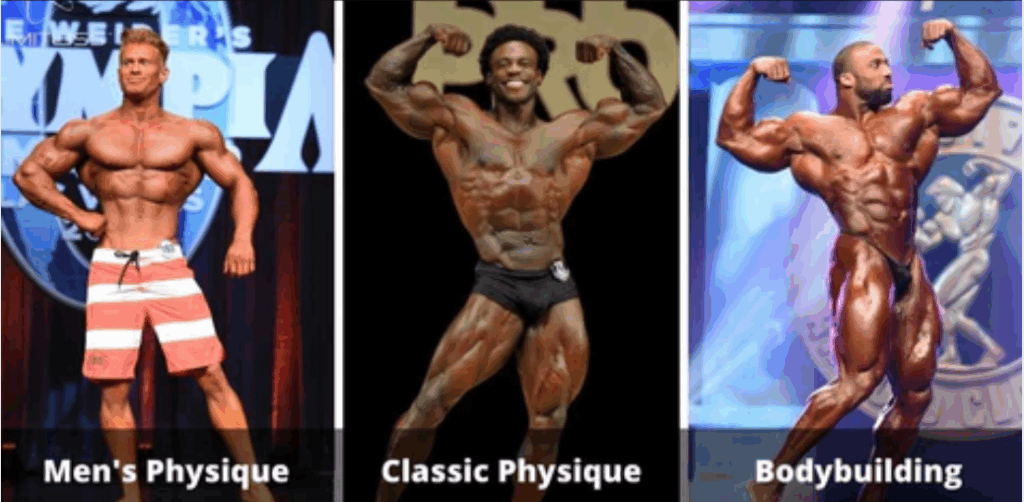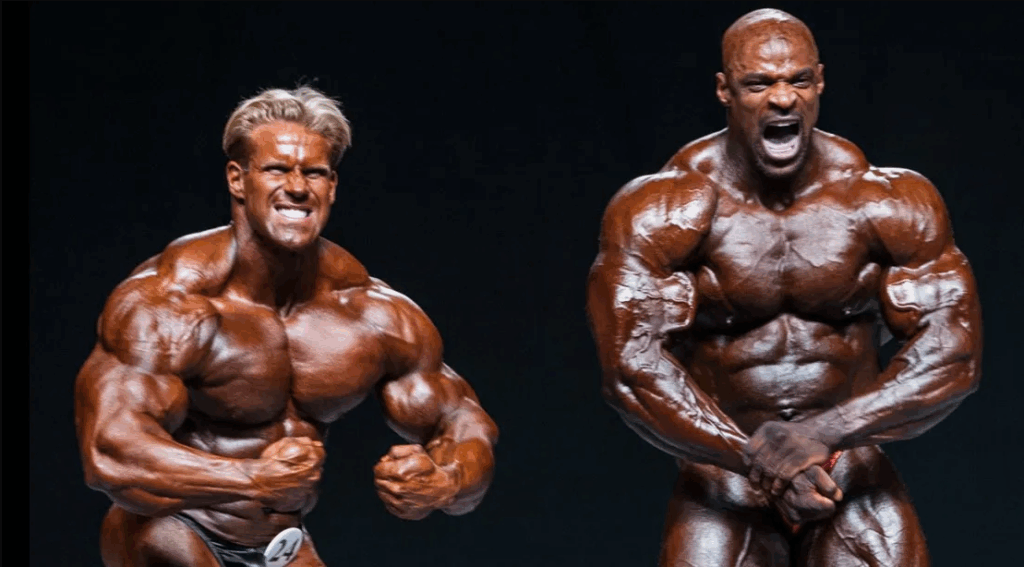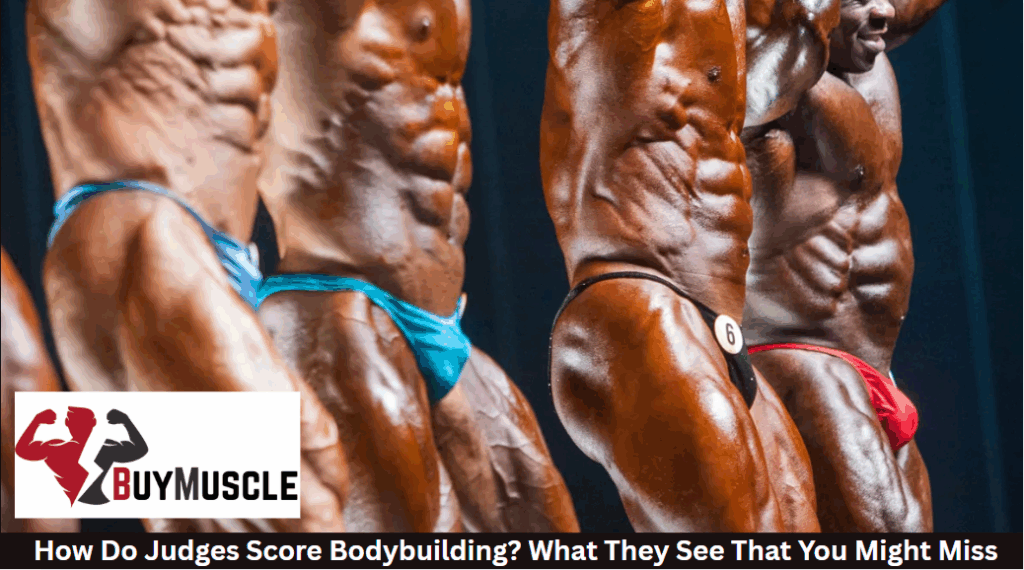You’ve watched bodybuilding competitions and wondered why certain athletes win while others with bigger muscles don’t. What you’re seeing from your seat isn’t what judges evaluate from their table. They can spot subtle details in symmetry, conditioning nuances, and presentation elements that escape the untrained eye.
Understanding their perspective changes everything about how you’ll view these competitions, and why the “obvious” winner doesn’t always take home the trophy.
Who Are the Judges and What Do They Do?
Ever wondered who’s sitting at that judge’s table, scrutinizing every muscle fiber and pose? Bodybuilding judges are certified professionals with extensive training in anatomy, physiology, and competition standards. Most have competed themselves or spent years studying the sport’s intricacies.
The judging panel typically consists of five to nine judges, each scoring independently. To earn judge qualifications, you’ll need to complete federation-specific courses, pass written exams, and shadow experienced judges at competitions. Novice judges start at local shows before advancing to national and international events.
A judge’s responsibilities extend beyond scoring physiques. They’re evaluating symmetry, comparing athletes side-by-side, and ensuring fair competition standards. Between prejudging and finals, they’re recalibrating scores and discussing close comparisons to deliver accurate results.
Key Judging Criteria in Bodybuilding
When you step on stage, judges evaluate your physique through five fundamental criteria that determine placement:
- Symmetry means your left and right sides mirror each other perfectly, while the upper and lower body balance equally.
- Proportion examines how each muscle group fits your frame. Oversized arms won’t compensate for weak legs.
- Conditioning reveals your dedication through crisp muscle separation, visible striations, and paper-thin skin.
- Size and muscularity matter, but they’re worthless without the other elements.
- Presentation encompasses your posing execution, shifts between poses, and stage confidence.
You’ll score higher by mastering all five criteria rather than excelling in just one or two. Judges assess the complete package, not individual strengths.
Differences Between Divisions and Categories
Each category demands drastically different physiques. Men’s Open rewards maximum size and muscularity without limits, while Classic Physique emphasizes golden-era proportion and symmetry within weight restrictions. Men’s Physique prioritizes a streamlined, athletic look with less muscle mass.
Women’s divisions vary even more dramatically. Figure athletes need moderate muscularity with exceptional conditioning and V-taper symmetry. Wellness competitors balance curvier lower bodies with leaner upper body proportions. Bikini focuses on overall presentation, feminine muscle tone, and stage presence over sheer size.
Judges apply different standards across divisions. What wins in Open would overwhelm Classic Physique standards. Understanding these distinctions helps you train specifically for your chosen category’s unique criteria.

The Art of Displaying the Physique
The way you present your physique through posing can make or break your competitive success. Execute mandatory poses that showcase specific muscle groups while demonstrating control and muscular symmetry. Each pose requires precise angles to highlight your strengths and minimize weaknesses.
Your posing technique directly impacts physique assessment scores. Smooth shifts between poses show mastery, while shaky movements reveal inexperience. You must hold each position steadily, displaying muscle conditioning through visible striations and separation. Your stage presence emerges through confident execution and fluid movement patterns.
Common mistakes include rushing through poses, poor foot positioning, and forgetting to flex certain muscle groups. You’ll lose points for incomplete poses or failing to hit proper angles that judges need to evaluate your development accurately.
The Role of Stage Presence and Presentation
Your tan’s evenness and depth enhance muscle definition, while a poorly applied tan can obscure your hard-earned striations. The suit you choose must complement your body type and meet federation standards. Ill-fitting attire distracts judges from evaluating your physique properly.
Your confidence radiates through every movement during posing routines. Natural stage presentation means maintaining poise between poses, making seamless shifts, and projecting genuine confidence. You’ll score higher when you own the stage rather than simply occupying it.
Remember, judges assess the complete package.

Common Misconceptions from the Audience
Conditioning vs size play out in real-time, but you don’t see what judges evaluate. While you focus on sheer mass, they analyze symmetry and proportion across the entire physique.
How these people judge bodybuilding isn’t purely about who’s biggest.
Judges examine the muscular definition that stage lighting reveals differently than your phone camera captures. What appears impressive from your seat might show glaring weaknesses under direct lighting.
You assume judging is entirely subjective vs objective, but there’s a structured scoring system. Judges measure specific ratios, flow between muscle groups, and overall balance. That “smaller” winner likely displayed superior proportions, sharper conditioning, and better presentation than the mass monster who caught your eye.
How Judges Make Decisions in Close Calls
When competitors stand shoulder-to-shoulder with nearly identical physiques, judges reach for their scoring sheets and apply mathematical precision to what seems impossible to separate. They’ll scrutinize proportion and balance, checking if your delts overpower your arms or if your quads dwarf your calves. Even a 2% difference in symmetry can tip the scales.
In tie-breakers, conditioning becomes the deciding factor. You might match your rival’s muscle mass, but if they’re showing clearer striations, they’ll edge ahead. Judges also reassess who held poses longer, shifted smoother, or commanded more attention?
The scoring criteria create a hierarchy: when size matches size, they examine shape. When shapes are equal, they evaluate the condition. When everything’s matched, your stage presence breaks the tie.

Frequently Asked Questions
How Do Judges Handle Bias Toward Popular or Well-Known Competitors?
Judges use blind scoring systems, rotate panels, and undergo bias training to stay objective. They’re evaluated on consistency and must justify scores. However, reputation can subtly influence perception, so lesser-known competitors sometimes face uphill battles.
Can Competitors Contest or Appeal Judging Decisions After Competition?
Most federations don’t allow appeals of judging decisions – they’re final once announced. You can’t contest scores or placements. However, you’re usually allowed to request your scorecards afterward to understand where you lost points.
How Long Does Judge Training Take Before Certification?
You’ll typically need several months to complete judge certification. Most federations require attending seminars, studying rulebooks, shadowing experienced judges at competitions, and passing written exams. Some organizations mandate yearly recertification to maintain your judging credentials.
Do Judges Get Paid for Competitions?
Yes, judges typically receive compensation for their work at competitions. Payment varies by federation and event size. Local shows might pay $100-300 per day, while major international competitions offer vastly higher rates.
Are There Penalties for Flexing Between Mandatory Poses?
Yes, you’ll lose points for flexing between mandatory poses. You should stand relaxed in specific positions. Judges want to see your physique’s natural flow and balance, not constant flexing that disrupts the comparison process.









